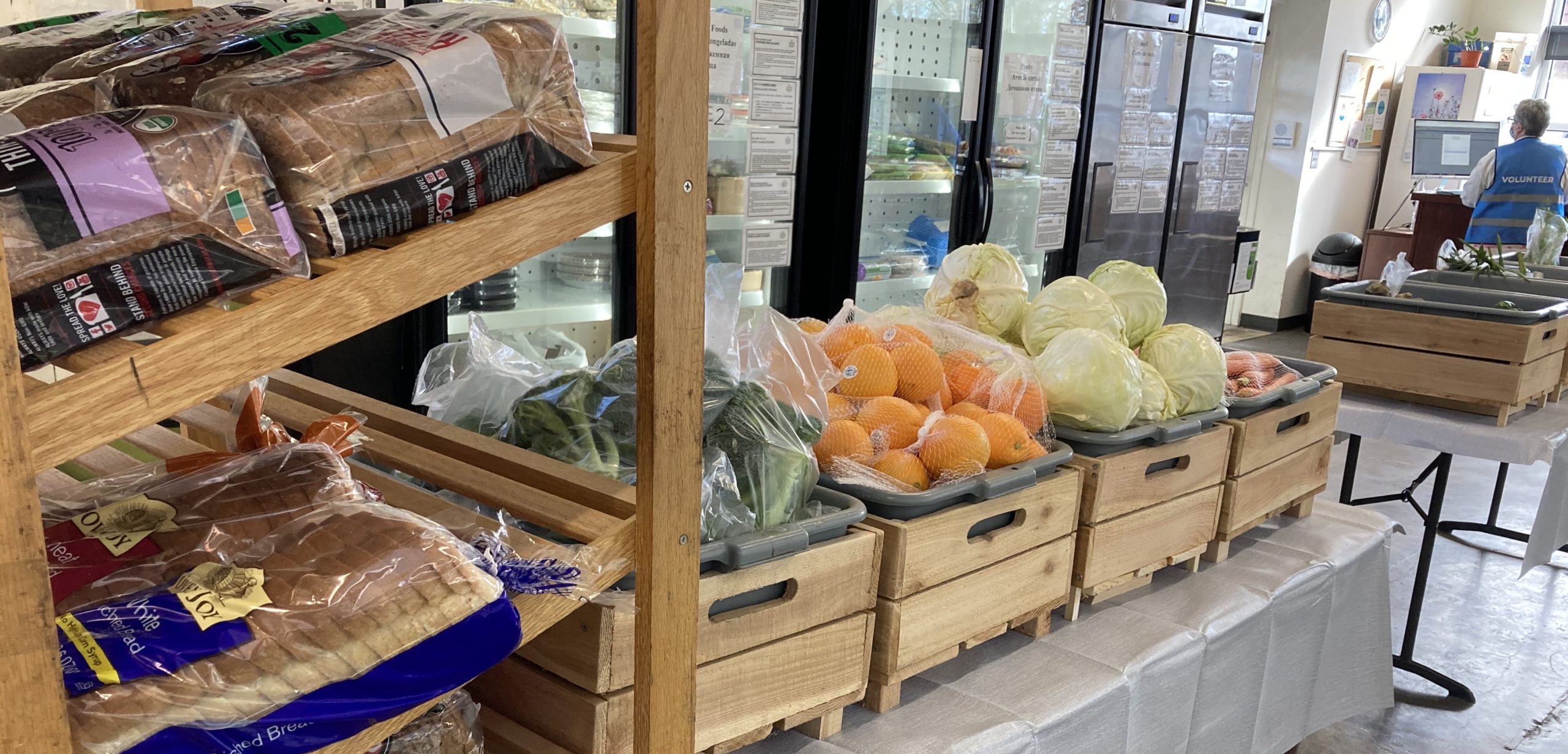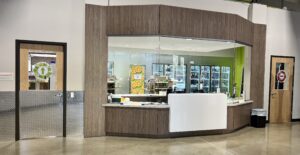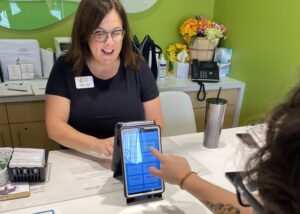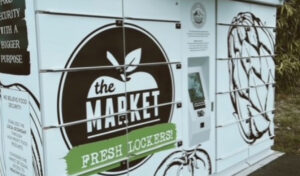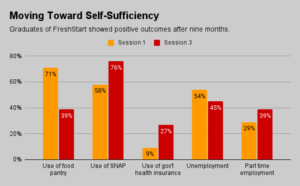Most food pantries are familiar with the benefits of client choice: By offering patrons the option of what foods they would like, rather than handing over a prepackaged box, pantries reduce waste, improve service quality and — most importantly — preserve dignity by letting clients decide what they want to eat.
But transforming from one mode of operation to the other is not as simple as flipping a switch. For FISH, a 50-year-old food pantry located in Vancouver, Wash., the process was years in the making. It required lots of volunteer training, some operational changes, and more storage space than the pantry previously had.
The result is a cheery, bodega-inspired warehouse space with wall art that says “welcome” in multiple languages. Clients can visit weekly and use shopping carts to take as much as they like of whatever they want, including produce, baked goods, dairy, and frozen meat.
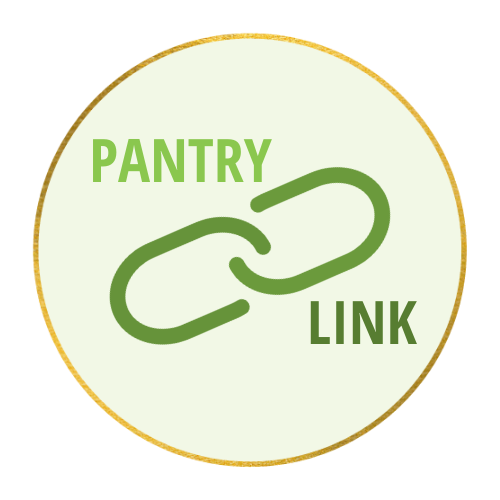
The response has been “incredible,” said Anina Estrem, Operations Manager. FISH now serves 90 to 100 households each day that it’s open, up from 50 to 60 when it was offering pre-packed boxes during Covid.
Getting from here to there took ample preparation. So far, the new model and the increased demand are requiring more volunteer hours than the old one — even though Estrem says that all the research suggests client choice should require less help. Restocking the shelves is a full-time job, as is restocking the fresh produce since it depletes quickly. FISH operates with a staff of three and a volunteer base of about 100.
Ensuring volunteer buy-in was also instrumental, Estrem said, adding that those conversations began long before the pantry switched to client choice. “People were worried about clients taking too much food and having to keep an eye on things,” she said. “We had to train volunteers and say, ‘We’re excited that this person is taking that food and getting what they need.’”
Operational changes were also key to FISH’s ability to embrace client choice. The organization’s new space allows it to hold about 60,000 pounds of food in storage, eliminating the need to ration most items. Additionally, the pantry receives about 6,000 pounds of fresh produce weekly from local farmers and distributors.
“The right space was absolutely necessary to make this work,” Estrem said. “I think the system would still work without the storage space, but we would probably have to impose limits on how much food people could take, or reduce the amount of options we gave them. The storage space really gives us – and clients – a freedom of choice and quantity that we couldn’t do elsewhere.”
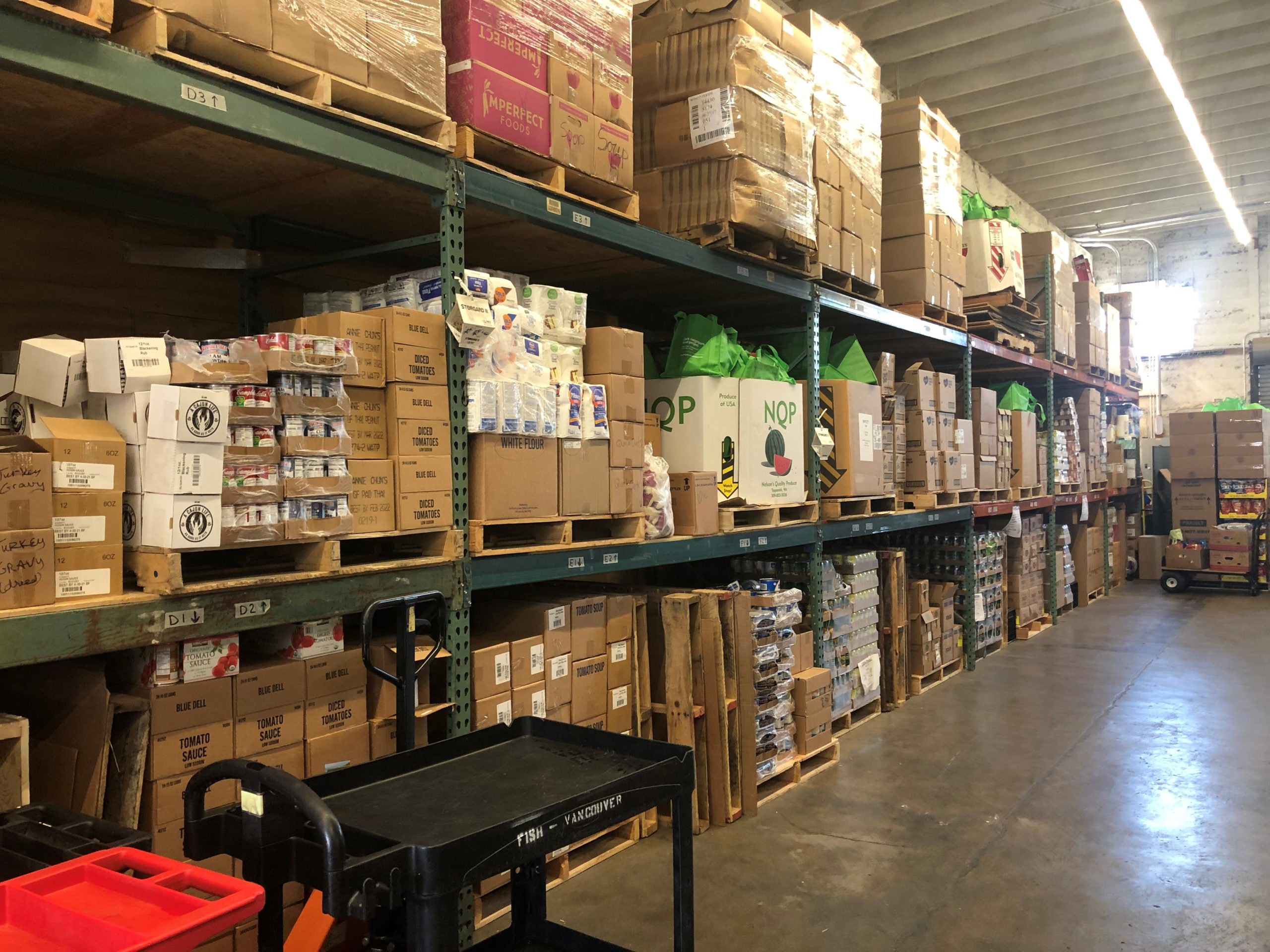
Having adequate space has helped the pantry adopt an attitude of abundance. “We’ve been able to move beyond that scarcity mindset. We don’t have to hoard food,” Estrem said. “When we project that abundance to clients, a client’s fears about taking too much drop. Some people take less, because they know this resource will be here and they can come back next week.”
The new attitude has transformed the pantry experience for clients. The first question many asked when they came in for the first time was, ‘How much can I take?’ “It’s been really wonderful to tell them, ‘Take what you need,’” Estrem said. “A lot of clients get emotional when they hear that. I think it’s just because they’re feeling seen, and we’re acknowledging that everyone has different needs.”
Another change the pantry had to make before embracing client choice was how it measured and tracked the food distributed. The pantry invested in a floor scale so that clients can just wheel their cart onto the scale, and a volunteer can write down the weight.
The scale removes friction in the process, allowing patrons to leave with their food more quickly and without feeling stigmatized by someone reviewing their selections. It also offers a much more accurate number than FISH had previously, when it was estimating how much food it was distributing through a rough estimate of pounds per household.
Aside from acquiring a new building with more space, the cost of moving to client choice was minimal. Construction remodeling costs amounted to about $5,000, while the cost of 20 shopping carts came to about $2,000. The shelving and displays were donated, while all the freezers, coolers, tables, and other equipment were already inhouse.
FISH has a budget of $3,000 a month for food, which comes from the Clark County Food Bank and includes TEFAP and donated food. The pantry also picks up from grocery stores, has direct donors dropping food, and participates in regular food drives. Its biggest produce source is through the We Feed Washington program, which supplies produce boxes from Pacific Coast Fruit Company and has made it possible to meet heightened need at no cost.
Looking ahead, Estrem said the pantry hopes to expand its hours and its reach. Currently, it is open weekdays and one Saturday a month. And while the pantry serves a diverse community including Ukrainian refugees who have recently arrived in Vancouver, Estrem said she hopes to do more to reach Latinx residents, especially those who are undocumented, and let them know they don’t need identification or proof of income to get food.
By now FISH has built a strong foundation on which to expand client choice, including financial stability that will ensure that the service remains available for the foreseeable future. “We can always use more money to buy food, and another staff member would be awesome,” Estrem said. “But we’ve definitely laid the groundwork to continue doing this and expand.” – Ambreen Ali
Ambreen Ali is a freelance journalist and the founder of Central Desi, a newsletter about New Jersey’s South Asian community.
Like what you’re reading?
Support Food Bank News
This article was made possible by the readers who support Food Bank News, a national, editorially independent, nonprofit media organization. Food Bank News is not funded by any government agencies, nor is it part of a larger association or corporation. Your support helps ensure our continued solutions-oriented coverage of best practices in hunger relief. Thank you!
Connect with Us:
